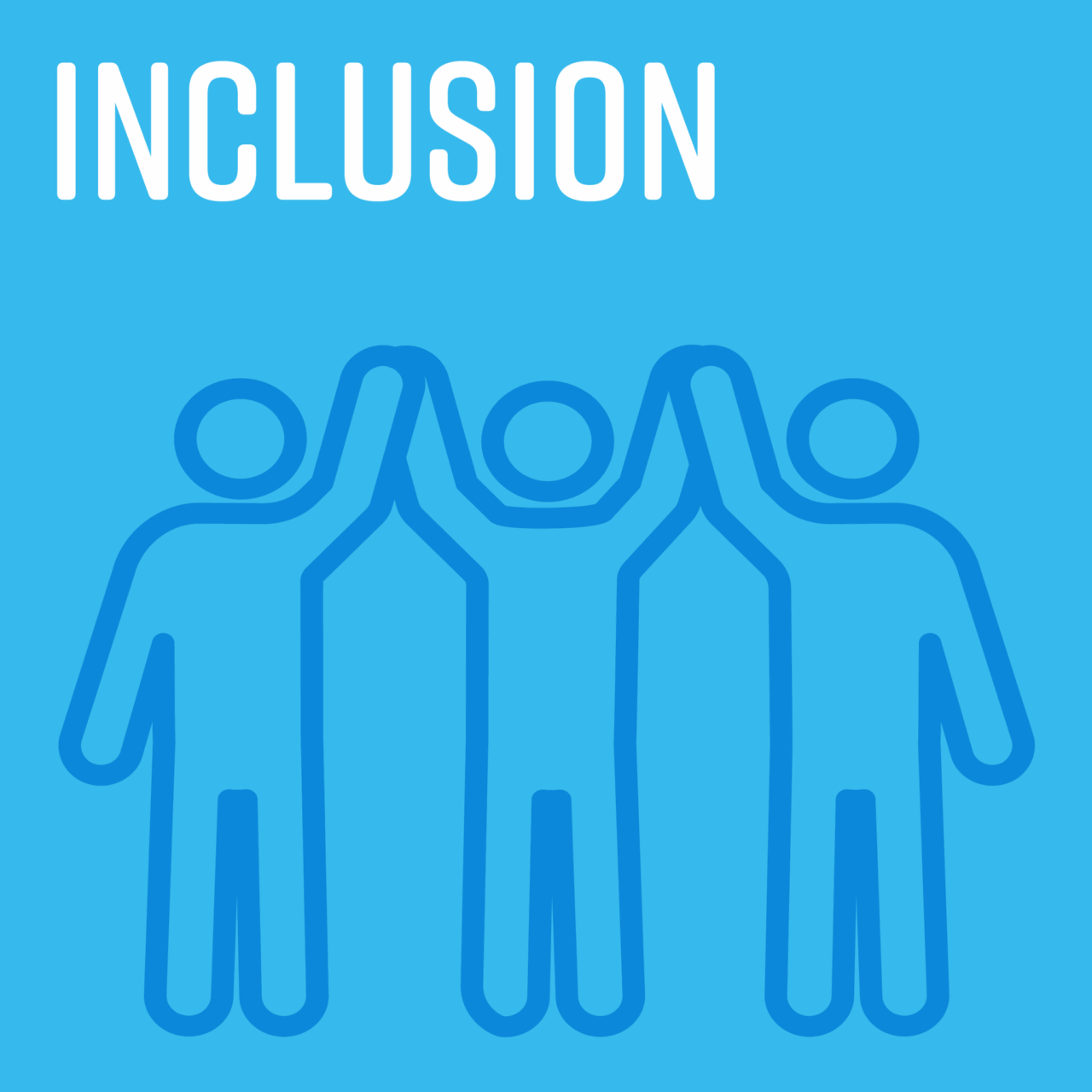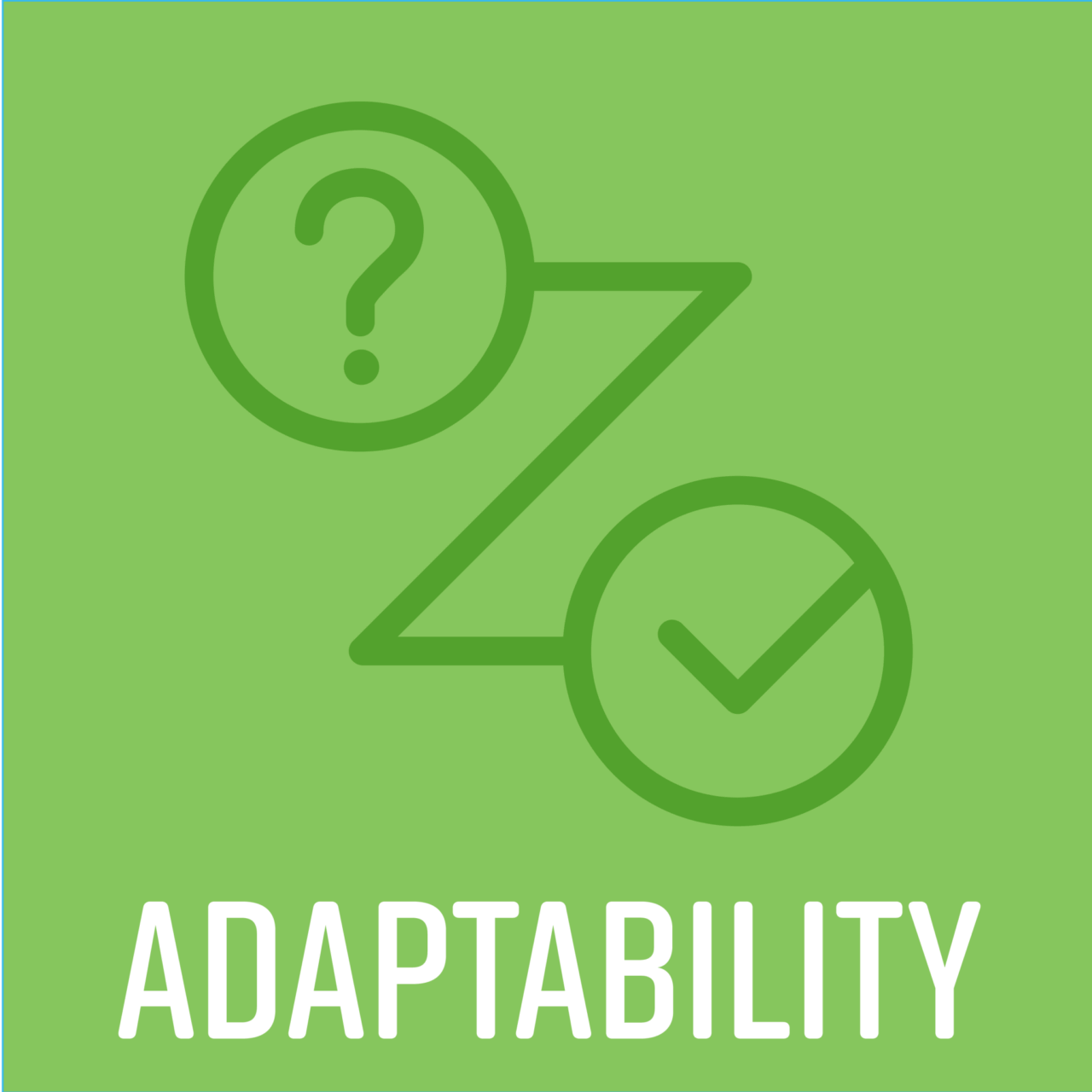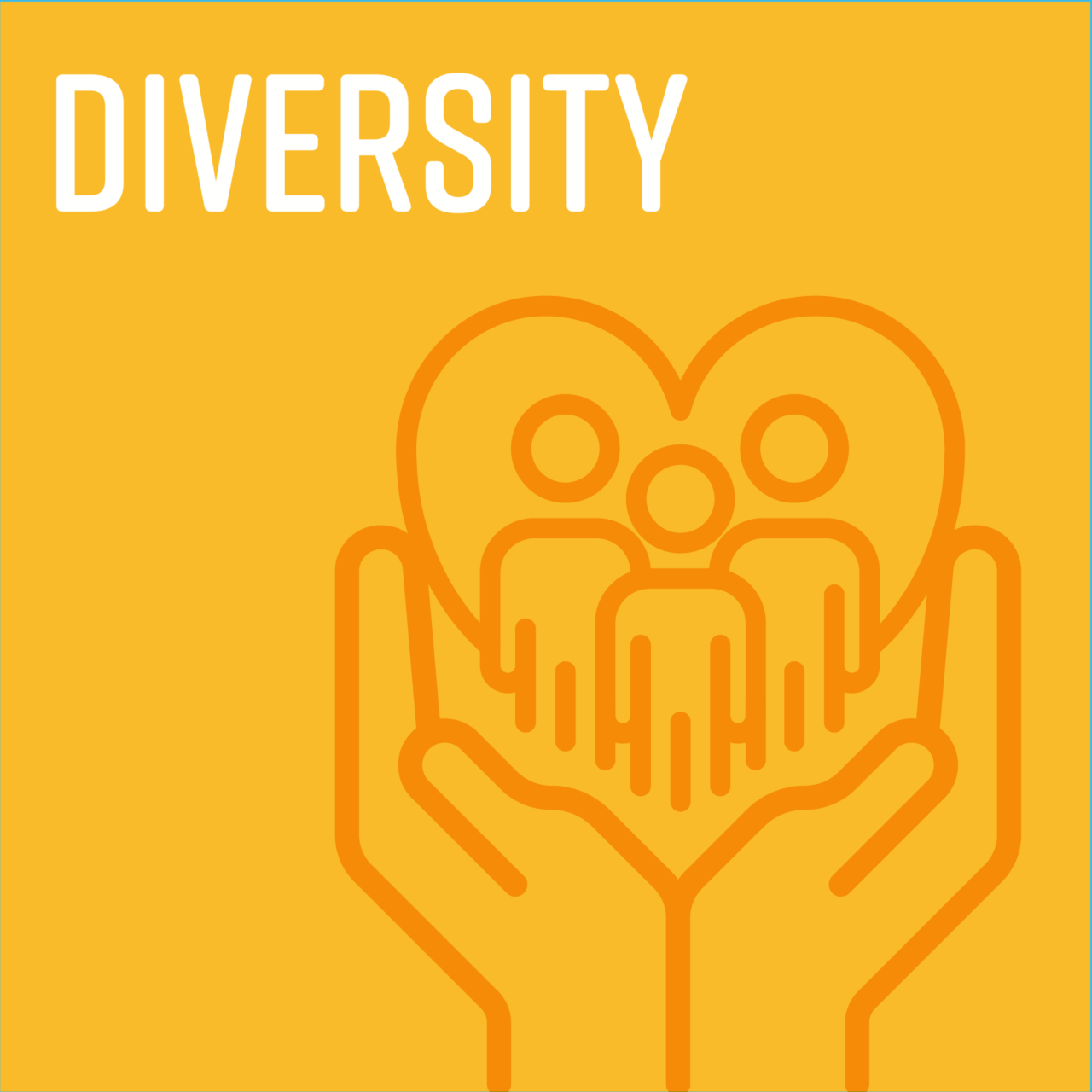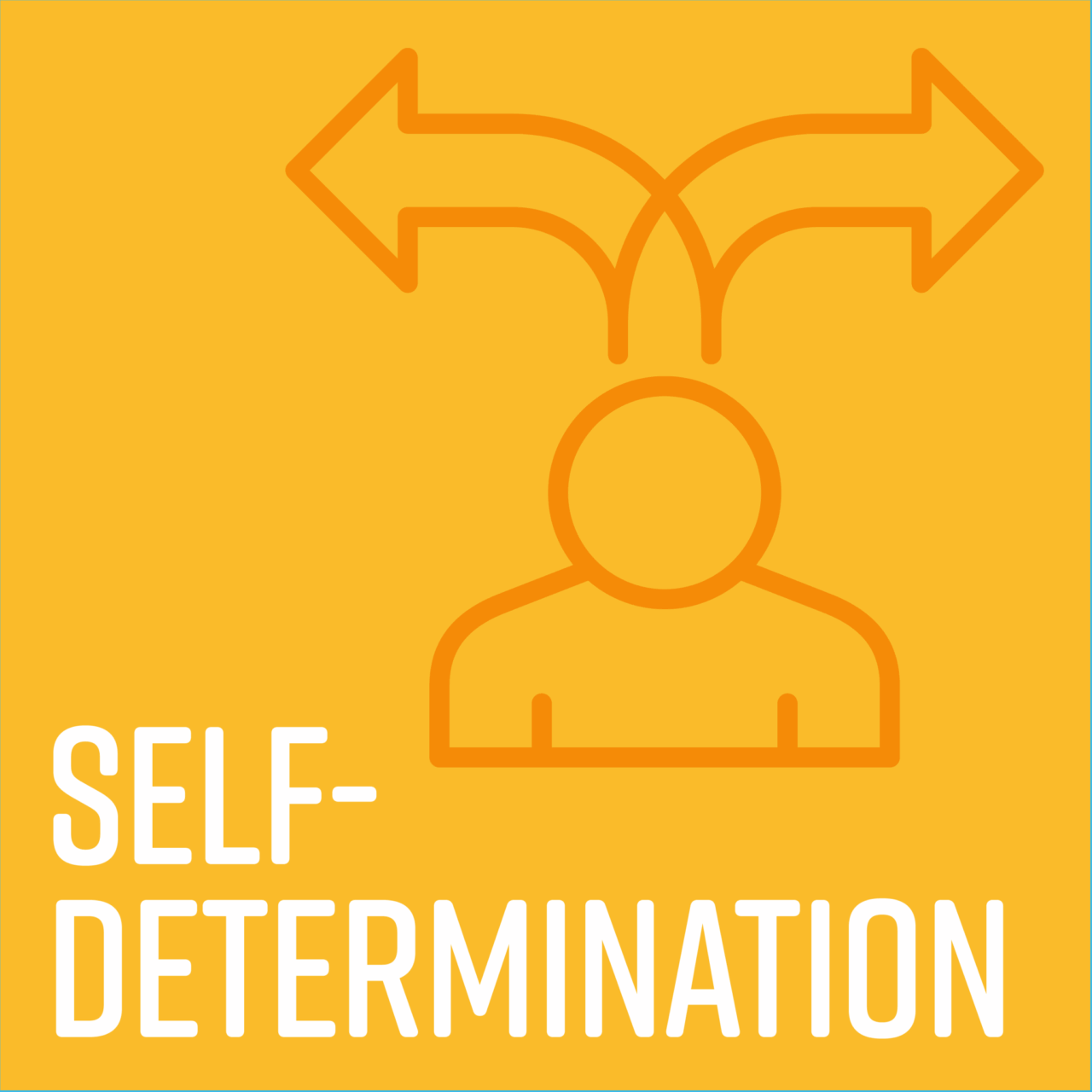Home / About Us / Accessibility
Accessibility Plan
We envision a barrier-free society that upholds the right of all community members to equitably access and benefit from public services. Our values of accountability, impartiality, and fairness commit us to being an organization that upholds the rights of people with disabilities while promoting accessibility, equity and inclusion in the delivery of public services. We recognize that barriers may arise in many different ways and peoples’ experiences of barriers are affected by intersecting forms of discrimination. We strive to diminish the impact of organizational obstacles to equity and inclusion.
We serve all people who may be impacted by public body actions and decisions in BC. Our mission includes responding to the unique fairness concerns raised by people with disabilities and incorporating the perspective of people with disabilities throughout our decision-making processes. We strive for our workforce to reflect the public we serve and for our work to fairly represent the concerns of community members with disabilities.

Our accessibility goals and priorities
Our strategic goals into 2026 are the framework within which we will embed our accessibility priorities and key actions. The Accessibility Plan is also a key component of our office’s approach to diversity, equity and inclusion.
Our accessibility goals and activities will be continually refined via public feedback we receive. As a starting point we will focus on key activities that have been identified through our day to day work.
GOAL 1 – Deepen our connections with a diverse public
GOAL 2 – Enhance and modernize our services to people with disabilities
GOAL 3 – Connect accessibility and reconciliation through an intersectional and distinctions-based approach
GOAL 4 – Increase fairness in public administration for people with disabilities
GOAL 5 – Be an inclusive, supportive and engaged workplace
Our guiding principles






Read more about our guiding principles here.
Provide feedback
If you’d like to provide feedback on our Accessibility Plan or on our office’s accessibility, please reach out to us at outreach@bcombudsperson.ca.
Want to talk to us?
We are available Monday to Friday, from 9:00 am to 4:00 pm, excluding statutory holidays.
Please note: on Wednesdays our telephone hours are from 9:00 am to 12:30 pm only.
- We can accommodate requests for individual assistance needs.
- Our office is wheelchair accessible and service animals are welcome.
- We also offer translation services in 300+ languages (via teleconference with an interpretation service) and Telus Relay Service (TRS).
Call us
Toll-free:
1-800-567-FAIR (3247)
Victoria:
250-387-5855
Send us mail
PO Box 9039, Stn Prov Gov’t.
Victoria, BC V8W 9A5
You can also fax us at:
250-387-0198
Visit us
2nd Floor – 947 Fort St.
Victoria, BC
